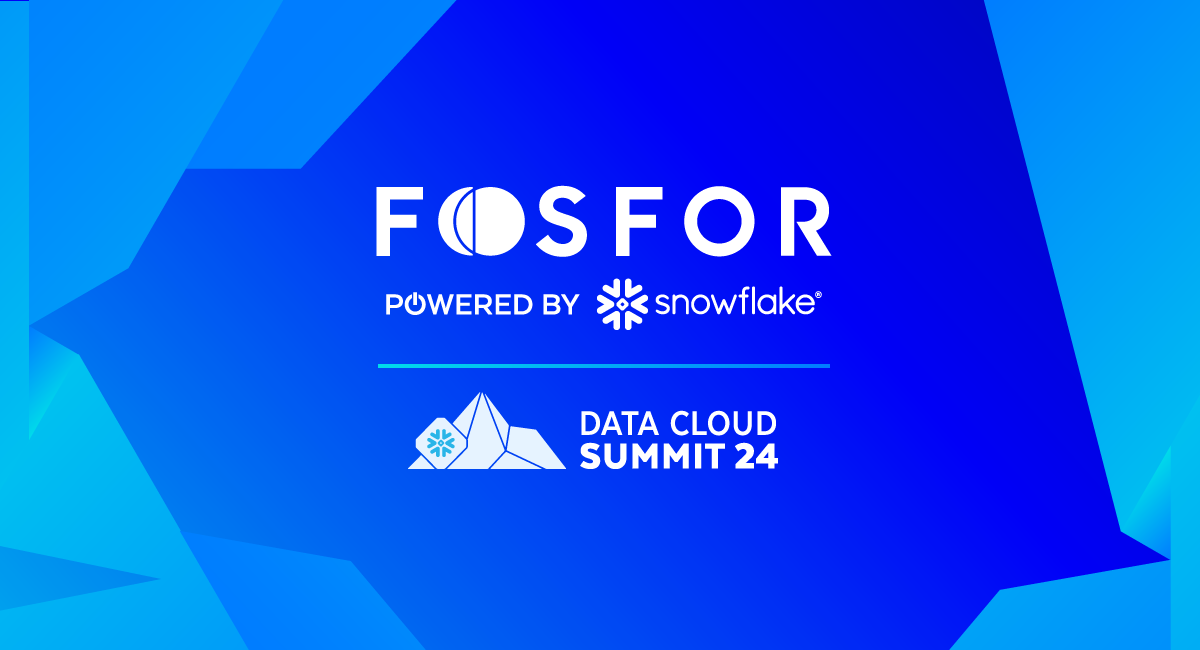 Reading Time: 4 minutes
Reading Time: 4 minutesIntroduction
In our data-centric era, the success of an Artificial Intelligence (AI) solution is significantly influenced by the strength and efficiency of its foundational pipeline. These pipelines interlink various components, ranging from data ingestion and processing to model training and deployment, ensuring seamless integration at every stage of AI workflows.
This introduction underscores the importance and benefits of optimizing AI pipelines and incorporating MLOps practices, setting a solid foundation for the rest of the content.
Overview of MLOps and AI Pipelines
Machine Learning Operations or ML Operations(MLOps) stems from the principles of Development &Operations (DevOps). Bringing a system into production involves operationalizing it, which encompasses deployment, continuous monitoring, and ongoing maintenance. An MLOps solution adopts a systems approach, ensuring that all components and stakeholders collaborate effectively to achieve defined objectives and requirements.
An AI pipeline consists of a series of structured processes that automate the movement of data through different stages of an AI workflow. These pipelines guarantee that data is gathered, cleaned, transformed, and seamlessly fed into models, promoting efficient and effective AI operations.
Understanding MLOps
MLOps plays a vital role in optimizing AI pipelines. It involves practices that automate and improve the management of machine learning workflows, ensuring smooth integration, ongoing monitoring, and maintenance of AI models in production. By automating and streamlining every phase of the AI lifecycle, from data ingestion and preprocessing to model training, deployment, and continuous monitoring, MLOperations ensures efficient management and upkeep of AI models. This enhances the robustness, scalability, and reliability of AI solutions in production.
Essential features of an effective MLOps solution
Scalability and flexibility
To be effective, an MLOps solution needs to be both scalable and flexible, capable of managing diverse workloads and adapting to evolving requirements. Scalability enables the system to efficiently manage large datasets, complex models, and high user demand without compromising performance. Flexibility ensures that the pipeline can integrate with a variety of tools and frameworks, support different deployment environments, and keep up with advancing AI technologies.
Automation and orchestration
Automation and orchestration are critical components for an efficient MLOps solution. Automation takes over repetitive tasks like data loading, preprocessing, model training, and deployment, which reduces human error. Orchestration ensures that these automated tasks are well-coordinated across different tools and platforms, enabling all components of the AI pipeline to function together seamlessly. This approach increases efficiency, enhances consistency, and allows data scientists and engineers to concentrate on strategic tasks, resulting in more robust and scalable AI solutions.
Data and model governance
Robust data and model governance is fundamental to MLOperations, requiring the implementation of stringent policies and procedures to maintain data quality, integrity, and security throughout the AI lifecycle. MLOps supports efficient model management by tracking versions in accordance with industry standards and regulations. By creating a structured governance framework, MLOps guarantees that AI solutions are ethical, reliable, and trustworthy.
Monitoring and management
Robust monitoring and management are essential components of a successful MLOps solution, especially when models are deployed in production. Continuous monitoring evaluates model performance, identifying any anomalies, biases, or degradation. Swift management action addresses these issues, updating or retraining models as needed. This proactive approach ensures that AI solutions remain reliable, accurate, and efficient, supporting ongoing maintenance and continuous improvement.
Collaboration and communication
A successful MLOps solution heavily depends on effective teamwork and transparent communication. These aspects ensure that data scientists, engineers, and stakeholders can collaborate efficiently, exchanging insights and feedback throughout the AI lifecycle. Using collaboration tools and practices integrates diverse perspectives, while maintaining clear communication channels aligns objectives and progress. This collaborative approach boosts the efficiency and effectiveness of MLOps and AI operations (AIOps), resulting in more robust and scalable AI solutions.
Security and compliance
Ensuring data and model protection while adhering to legal and regulatory standards is crucial for an effective MLOps solution. Robust security measures, including encryption and access controls, protect sensitive information. Compliance protocols ensure that AI practices conform to industry standards. By integrating strong security and compliance measures, MLOps and AIOps solutions enhance reliability and trustworthiness, ensuring AI deployments are both secure and legally compliant.
The FDC: Pipeline to success
The Fosfor Decision Cloud (FDC) is a comprehensive platform that simplifies data organization, supports the creation of advanced AI applications, and enables real-time, results-driven business decisions. It enables users to easily manage complex data pipelines and monitor their results in real-time. It enforces robust data and model governance to maintain quality, integrity, and compliance across the AI lifecycle. By revealing actionable insights, FDC enhances business value, streamlines workflows through an integrated data-to-decisions process, and accelerates the transformation of raw data into actionable AI insights. The FDC comprises three distinct and yet coherent designer studios that work together to ensure seamless ML Operations. These are,
- The Data Designer
- The Insight Designer and
- The Decision Designer
The Data Designer
The Data Designer efficiently and securely curates data from various sources in a cost-effective manner. It allows users to effortlessly orchestrate complex data pipelines and simultaneously monitor their results.
The Insight Designer
The Insight Designer provides multiple notebook environments for training and deploying models. Once models are deployed, the FDC generates a prediction URL for seamless integration. Users can create a feature store to organize features from multiple tables efficiently, facilitating streamlined production predictions. Additionally, the AutoML feature enables effortless model training, enhancing productivity and usability.
The Decision Designer
The Decision Designer uses natural language to explore any question seamlessly and derive deep insights, empowering confident business decision-making.
Modeling dashboard in the FDC
The modeling dashboard implements strong model governance, maintaining quality, integrity, and compliance throughout the AI lifecycle. The Fosfor Decision Cloud (FDC) boosts business value by uncovering actionable insights, streamlining workflows with an integrated data-to-decisions process, and speeding up the transformation of raw data into actionable AI insights.
Model health
The FDC enables users to evaluate model health according to their roles. Key metrics such as accuracy, precision, recall, and other performance indicators can be monitored. The dashboard features tools like Models at Risk (including model name, version, deployment date, and alerts), Models Over Time (stability metrics), Data Quality, and Model Performance. This structured methodology facilitates the rapid identification and resolution of issues, ensuring the robustness and reliability of AI models.
Model performance
The evaluation of model performance provides a detailed overview of essential metrics, ensuring reliability and accuracy. It includes various performance indicators, analysis of feature importance, and confusion metrics to offer deeper insights into model behavior. This comprehensive assessment helps maintain high standards of efficiency and effectiveness, meeting business requirements and supporting informed decision-making.
Conclusion
In conclusion, optimizing your AI pipeline with an effective MLOps solution is essential for scalability, efficiency, and reliability. By integrating automation, robust governance, continuous monitoring, and seamless collaboration, organizations can enhance AI performance and ensure compliance, leading to more impactful business outcomes.








